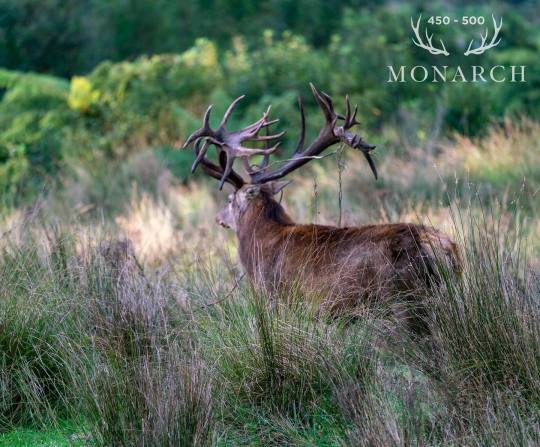monarchpursuits0
1 post
Don't wanna be here? Send us removal request.
Text
Guided Hunting In New Zealand
New Zealand was formed from the landmass of Gondwanaland about 80 million years ago. It is a unique country, a land where many species developed in isolation from the rest of the world. Before humans arrived around 900 to 1000 years ago, the country was home to only birds, insects, fish, bats and marine animals and so the landscape and vegetation formed without grazing animals such as sheep, deer and cattle.
The early settlers were mainly from Britain. Being from the Victorian Era, they wanted to make their new country feel more like the home they'd left behind and also believed that New Zealand needed game animals to provide sport to the wealthy. The lack of understanding of the New Zealand environment and how these introduced species would interact with it has lead to numerous ecological disasters. With only the Australian Harrier Hawk and the New Zealand Falcon as naturally occurring predator species, introduced mammals quickly became pests. Introduced predators such as weasels, ferrets, stoats and cats found the native species (especially birds) easier to catch as they were not used to ground based predators, but these predators could not control the larger species such as deer, pigs, chamois and tahr. Without the natural systems in place to balance out introduced species their numbers increased and began to have a detrimental effect on the delicate NZ environment.
As New Zealand's vegetation developed in isolation from grazing animals, there are very few plants with adaptations to prevent or reduce browsing damage. Scientific studies have repeatedly shown the effects on forests, grasslands and other ecosystems from over grazing and reduction in seedlings to replace aging vegetation. In some cases, heavy browsing will reduce ground cover to such an extent that erosion will increase. Much of the NZ high country is covered in tussock grasslands and herb fields that are particularly vulnerable to animals such as chamois, tahr, wallabies, pigs and deer. As New Zealand is one of the 32 biodiversity hotspots in the world, it is vital that measures are taken to protect its unique species hunting lodge monarch the outer worlds.
As New Zealand does not have the natural systems in place to keep introduce animals in check, the Department of Conservation (DOC) actively encourage Hunters to keep the numbers of grazing animals down. In many cases, there are maximum game animal population densities that are checked through regular surveys. An experienced Hunting Guide will ensure that the game animals are killed cleanly and as humanely as possible and is often called in to assist on organised culls when game numbers get too high.
So, Guided Hunting, although considered a barbaric sport by many people around the world, actually plays an important part in the conservation of New Zealand's unique biodiversity. Guided Hunts help keep introduced animal numbers to population levels that lessen negative impacts caused by their grazing with no cost to the New Zealand taxpayer.

1 note
·
View note